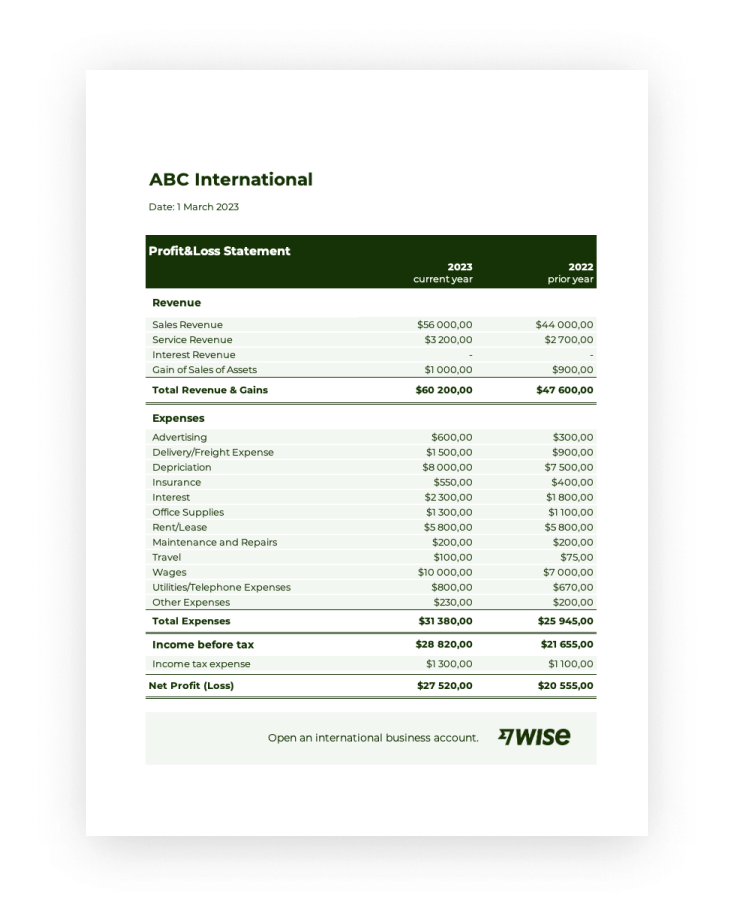The Truth Behind Using a Fake Bank Statement Generator
In today’s digitally driven society, the availability and use of a fake bank statement generator have raised concerns among financial institutions and legal authorities. This tool, often found online, allows individuals to create bank statements that appear genuine but are completely fabricated or altered. While some users might claim to use such a generator for harmless reasons, the underlying risks and potential for misuse are significant and often overlooked. The growing presence of these tools poses a serious ethical and legal dilemma in both personal and professional spheres. At its core, a fake bank statement generator is a software application designed to mimic the format and appearance of actual bank statements. Users can input their own names, account numbers, balances, and transaction histories to produce a document that looks convincingly real. While it might be used in innocent settings—such as for training purposes, classroom simulations, or mock presentations—the potential for unethical use is far more prevalent and dangerous. The line between simulation and deception quickly disappears when the document is presented as authentic in real-life transactions. One of the most concerning aspects of using a fake bank statement generator is the intention behind its use. Individuals who create or alter bank statements with the goal of misleading landlords, lenders, or businesses are engaging in fraudulent activity. Submitting a fake financial document to obtain a loan, qualify for housing, or deceive a third party is not only dishonest—it is illegal. In many jurisdictions, this type of fraud can lead to criminal charges, fines, and even imprisonment. What might seem like a quick solution to a financial hurdle can ultimately result in long-term consequences that affect a person’s future credibility and legal standing. Another factor adding to the complexity of this issue is the sophistication of these generators. Many of them offer high levels of customization, allowing users to replicate the branding, formatting, and design elements of specific banks. This makes the fake documents harder to detect without in-depth verification. In response, financial institutions are now employing more advanced security measures to identify fraudulent documents, including cross-checking submitted statements against internal records and using forensic analysis techniques to spot inconsistencies. Despite the availability of these tools, the ethical responsibility lies with the user. Choosing to fabricate financial data, no matter the justification, undermines trust and stability in financial systems. It also reflects poorly on one’s integrity, particularly in sensitive scenarios like job applications, loan requests, or legal proceedings. The risks far outweigh the short-term gains, and once discovered, the damage to one’s reputation can be irreversible. In conclusion, while a fake bank statement generator might seem like a clever workaround in certain situations, it is a tool fraught with legal and ethical risks. Whether for personal use or professional deceit, the consequences of creating or using a false financial document are serious. Transparency, honesty, and lawful behavior remain the only sustainable path forward when dealing with financial matters.

